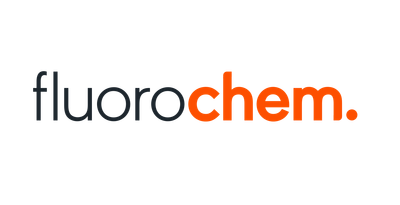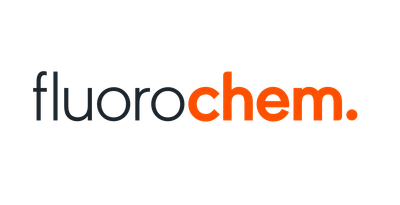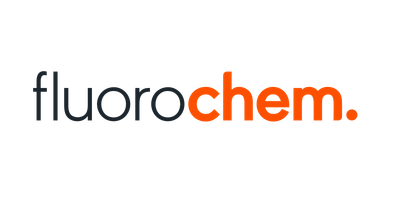Neodymium acetate hydrate 99.9% 50 g
SKU 005738-1
€ 68,85
In stock
1
Save this product for later
Neodymium acetate hydrate 99.9% 50 g
Product Details
CAS number: 6192-13-8
Chemical formulas: Nd(O2C2H3)3 . xH2O/ F.W. 321.37
Cation: Nd
Packaging: 50 g
EAN: 8721028237491
Brand: Laboratoriumdiscounter
Neodymium acetate hydrate is a rare earth compound used in various industrial applications, offering unique magnetic and catalytic properties. Learn more about its uses and properties.
When working with Neodymium acetate hydrate, it is important to follow certain safety instructions to ensure your well-being and prevent any accidents. Here are some short safety instructions to keep in mind: 1. Personal Protective Equipment (PPE): Always wear appropriate PPE, including gloves, safety goggles, and a lab coat or protective clothing. This will protect your skin, eyes, and clothing from potential contact with the chemical. 2. Ventilation: Work in a well-ventilated area or use a fume hood to prevent the accumulation of any harmful vapors or gases. Neodymium acetate hydrate may release irritating or toxic fumes when heated or exposed to certain conditions. 3. Handling and Storage: Handle the chemical with care, avoiding any spills or splashes. Store it in a tightly sealed container in a cool, dry place away from incompatible substances. Follow proper labeling and storage guidelines to prevent accidental exposure or contamination. 4. Avoid Ingestion and Inhalation: Never eat, drink, or smoke in the vicinity of the chemical. Avoid inhaling its dust, vapors, or mists, as they may cause respiratory irritation or other health issues. Wash your hands thoroughly after handling the chemical. 5. Fire Safety: Neodymium acetate hydrate is not highly flammable, but it may burn under certain conditions. Keep it away from open flames, sparks, or heat sources. In case of a fire, use appropriate extinguishing agents, such as carbon dioxide or dry chemical powder. 6. First Aid: In case of accidental contact with the chemical, immediately flush the affected area with plenty of water for at least 15 minutes. If irritation persists, seek medical attention. If ingested or inhaled, seek immediate medical help and provide the medical professional with the necessary information about the chemical. 7. Emergency Procedures: Familiarize yourself with the emergency procedures specific to your workplace or laboratory. Know the location of safety showers, eyewash stations, fire extinguishers, and emergency exits. In case of a spill or accident, follow the appropriate protocols to contain and clean up the chemical safely. Remember, these safety instructions are only a general guide. Always refer to the specific safety data sheet (SDS) and follow the instructions provided by the manufacturer or your organization.
Please note, not all safety data for this product is available on our website, for a complete list of P en H sentences and other safety instructions please request the MSDS at our customer service
You May Also Like
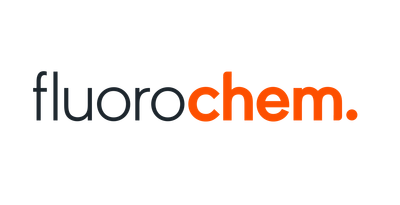
6-Chloro-2,3,4-trimethylpyridine, 95.0%, 250mg
6-Chloro-2,3,4-trimethylpyridine, 95.0%, 250mg
SKU F063100-250MG
€ 320,10

1-(Trifluoromethyl)-4-vinylbenzene, 96.0%, 10g
1-(Trifluoromethyl)-4-vinylbenzene, 96.0%, 10g
SKU F068130-10G
€ 122,10
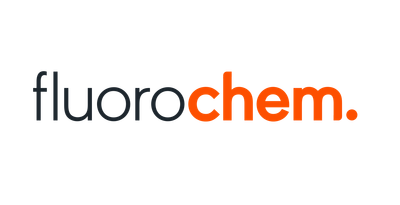
7-Cyano-1H-indole-3-carboxylic acid, 97%, 10g
7-Cyano-1H-indole-3-carboxylic acid, 97%, 10g
SKU F602157-10G
€ 3 359,40
Powered by Lightspeed
Display prices in:EUR


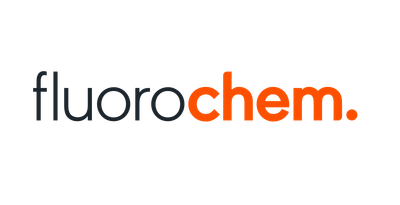
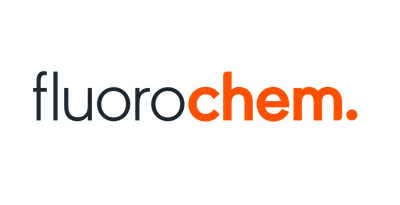
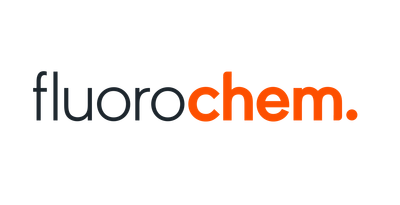

![Methyl 3-Bromoimidazo[1,2-a]pyridine-6-carboxylate, 97.0%, 1g Methyl 3-Bromoimidazo[1,2-a]pyridine-6-carboxylate, 97.0%, 1g](https://d2j6dbq0eux0bg.cloudfront.net/images/88473019/4782498488.png)
